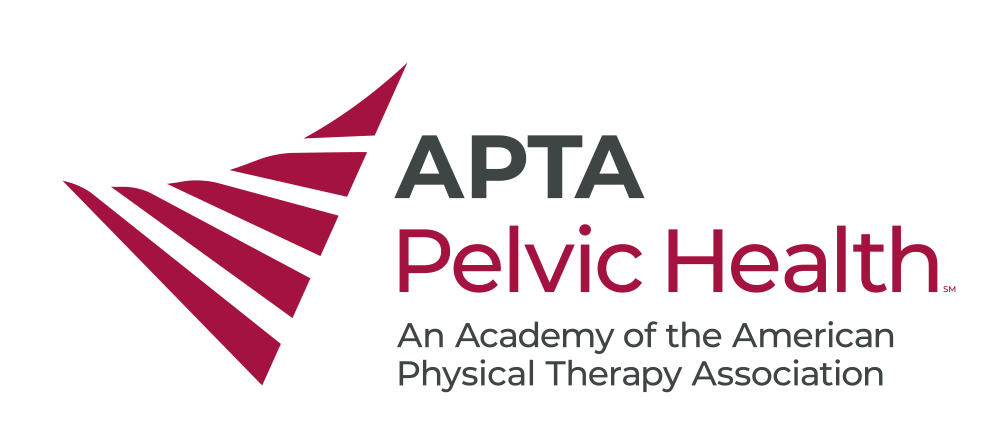Bridging the Gap: Why Sports Physical Therapists Need Pelvic Health Training
As a board-certified Sports Clinical Specialist, I began my career working with youth, high-school, Division I, and semiprofessional athletes across a wide range of sports. I have always identified as an everyday athlete myself—competing in road races, CrossFit events, and the Tactical Games. My foundation is rooted deeply in strength and conditioning and the world of high-performance athletics.
What I never anticipated early in my career was how profoundly pelvic health would intersect with the sports and orthopedic population I was committed to serving. That intersection has reshaped my clinical focus and expanded the way I view comprehensive care for active individuals, especially women.
Why Pelvic Health? My Professional Turning Point 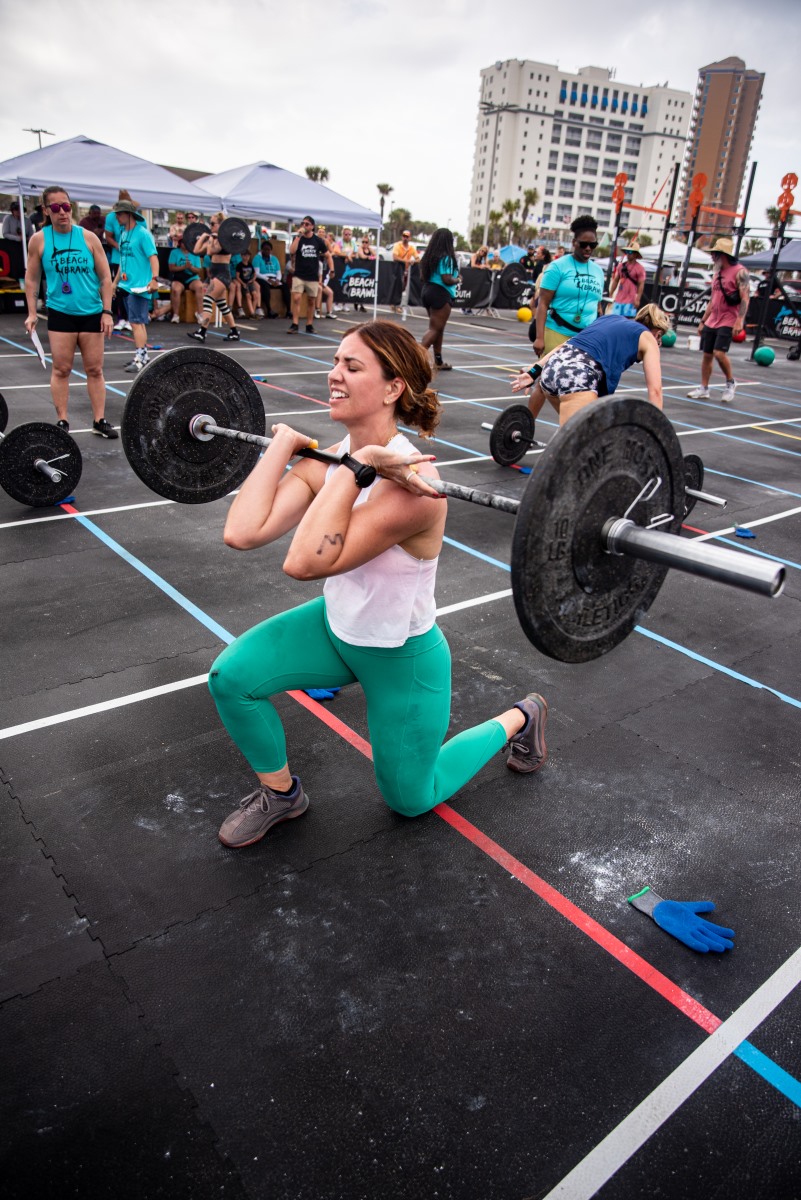
My initial entry point into pelvic health came from observing urinary incontinence in the weightlifting and CrossFit community—a topic often whispered about, normalized, or dismissed as “just part of lifting heavy.” At the same time, many of my training partners and patients were becoming pregnant, modifying their workouts, experiencing new symptoms, and asking questions I did not yet feel prepared to answer.
I knew pelvic health physical therapists existed.
I knew physical therapy could help.
But I didn’t yet have the knowledge base to meet their needs.
As these situations became more common, I recognized a growing gap: if I truly wanted to serve “everyday athletes,” then I needed to better understand the physical experiences of the population that makes up more than half of the people in our gyms, clinics, and communities—women, many of whom will become pregnant in their lifetime. Their pelvic health concerns were presenting right alongside high-level orthopedic demands, yet the two were often treated as separate issues.
I wanted to be the clinician who didn’t have to say, “I can help you with this part of your body, but you’ll need to see someone else for that part.”
Instead, I decided: Why can’t I be both? Why can’t I bridge the gap?
Pelvic Health and the Sports-Ortho World: Why It Matters
The more I learned, the more obvious it became: pelvic symptoms frequently show up in dynamic, load-heavy, sport-specific environments. And likewise, orthopedic injuries often show up in the postpartum population—one of the most physically demanding recovery periods an individual can experience.
A perfect example is from my own postpartum journey.
A Personal Case Study: Postpartum, Return to Sport, and Orthopedic Injury 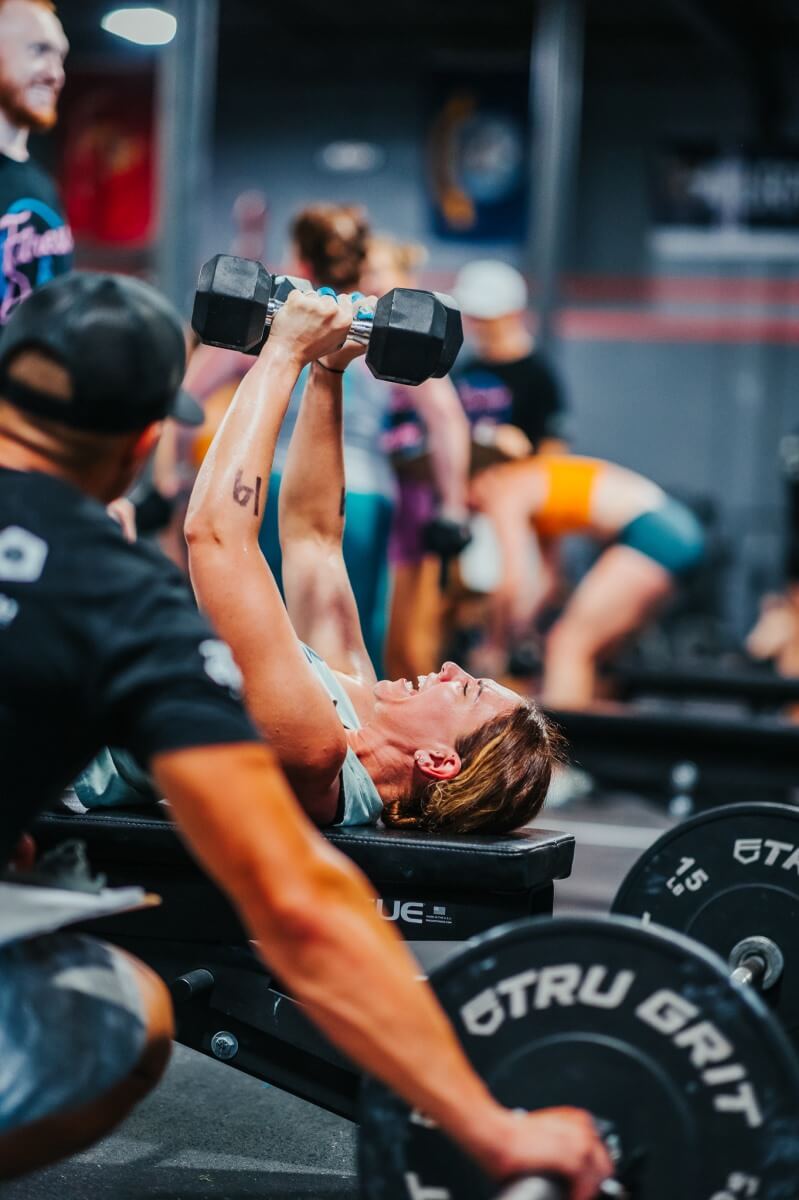
Within the first six months after giving birth, I trained for my first sprint triathlon. Despite being an experienced athlete, I was adding new modalities—cycling, swimming—and adapting to changes in my postpartum body.
During this time, I developed posterior tibial tendinitis.
Were these symptoms related to postpartum changes?
Likely, yes.
I was navigating:
- Shifts in collagen and tissue integrity
- Changes in body weight
- Reduced baseline strength
- A new motor-learning demand
- Reintroduction to higher volumes and intensities of training
All of these factors fall squarely within the scope of physical therapy—but only if we understand the unique biomechanical and physiological landscape of the postpartum body.
Later, at around 8–10 months postpartum, as I returned to lifting heavier loads and even surpassing some of my pre-pregnancy numbers, I began to experience pelvic floor symptoms again. This reinforced something important:
Postpartum is not a 6–12 week event.
It is a long-term adaptive period that can span months—or even years—especially for active individuals.
Understanding pelvic health is not optional for sports and orthopedic clinicians. It is essential.
Why Physical Therapists Need Deeper Training in Pregnancy, Birth, and Postpartum 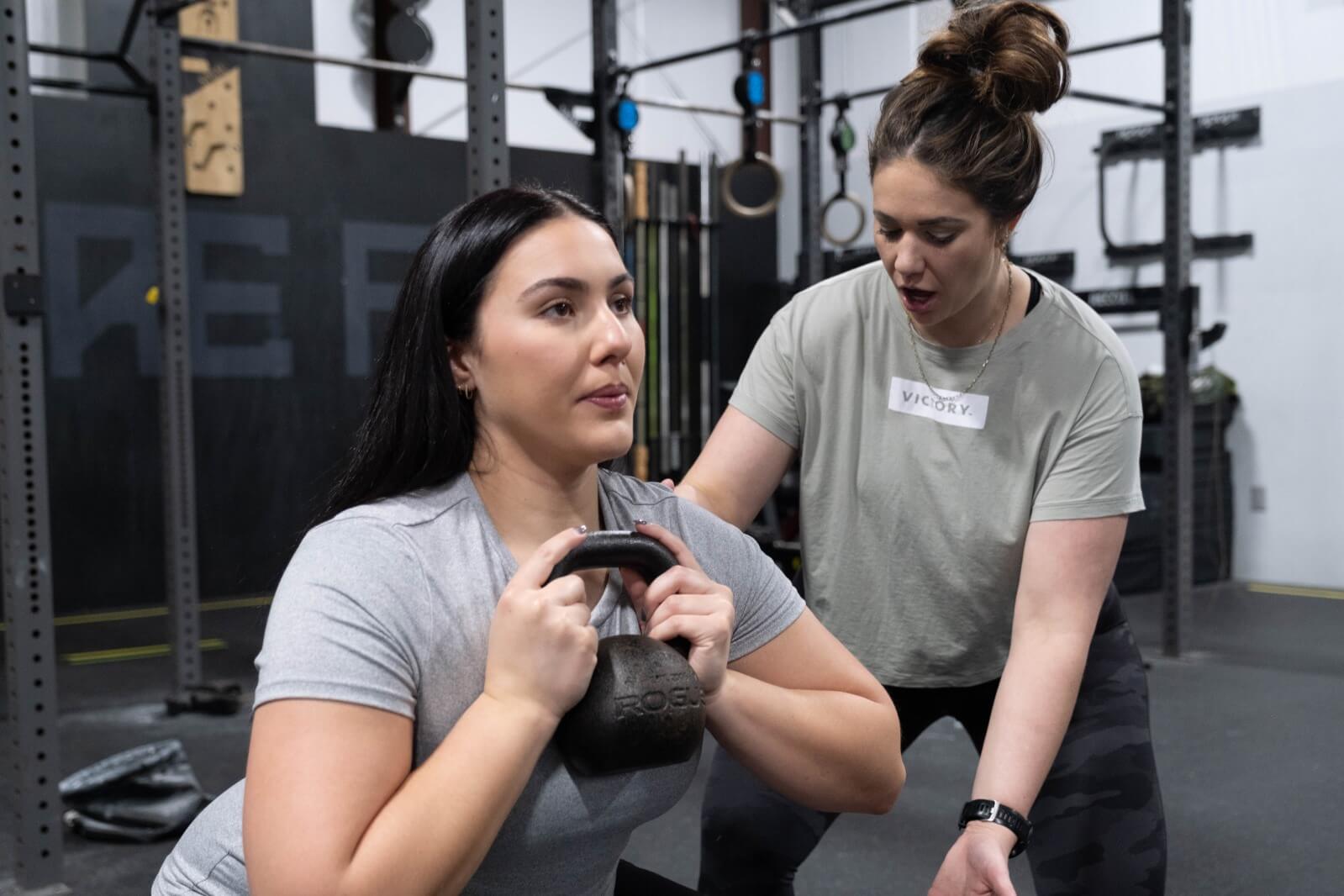
One of the most transformative learning experiences I’ve had recently was completing the APTA Pelvic Health online OB coursework focused on pregnancy, labor, and delivery. I pursued this education for the same reason sports PTs attend surgeries or watch orthopedic procedure videos: to understand what our patients’ tissues have undergone before they step into our clinic.
We routinely educate patients pre- and post-operatively for ACL reconstructions, total knee replacements, rotator cuff repairs, and more. We walk them through:
- What to expect
- Early healing timelines
- Movement precautions
- Activation strategies
- Red flags
Pregnant and postpartum individuals deserve the same level of preparation and guidance.
Understanding the birth process—whether vaginal or cesarean—gives us the context needed to safely and effectively guide postpartum return to activity, mitigate fear, and improve patient outcomes.
And for clinicians who have never been pregnant, this education becomes even more vital. Even among those who have experienced birth, every individual’s story is different. Our patients deserve evidence-informed understanding that extends beyond our personal experiences.
A Unique Privilege: Integrating Pelvic Health and Sports Performance 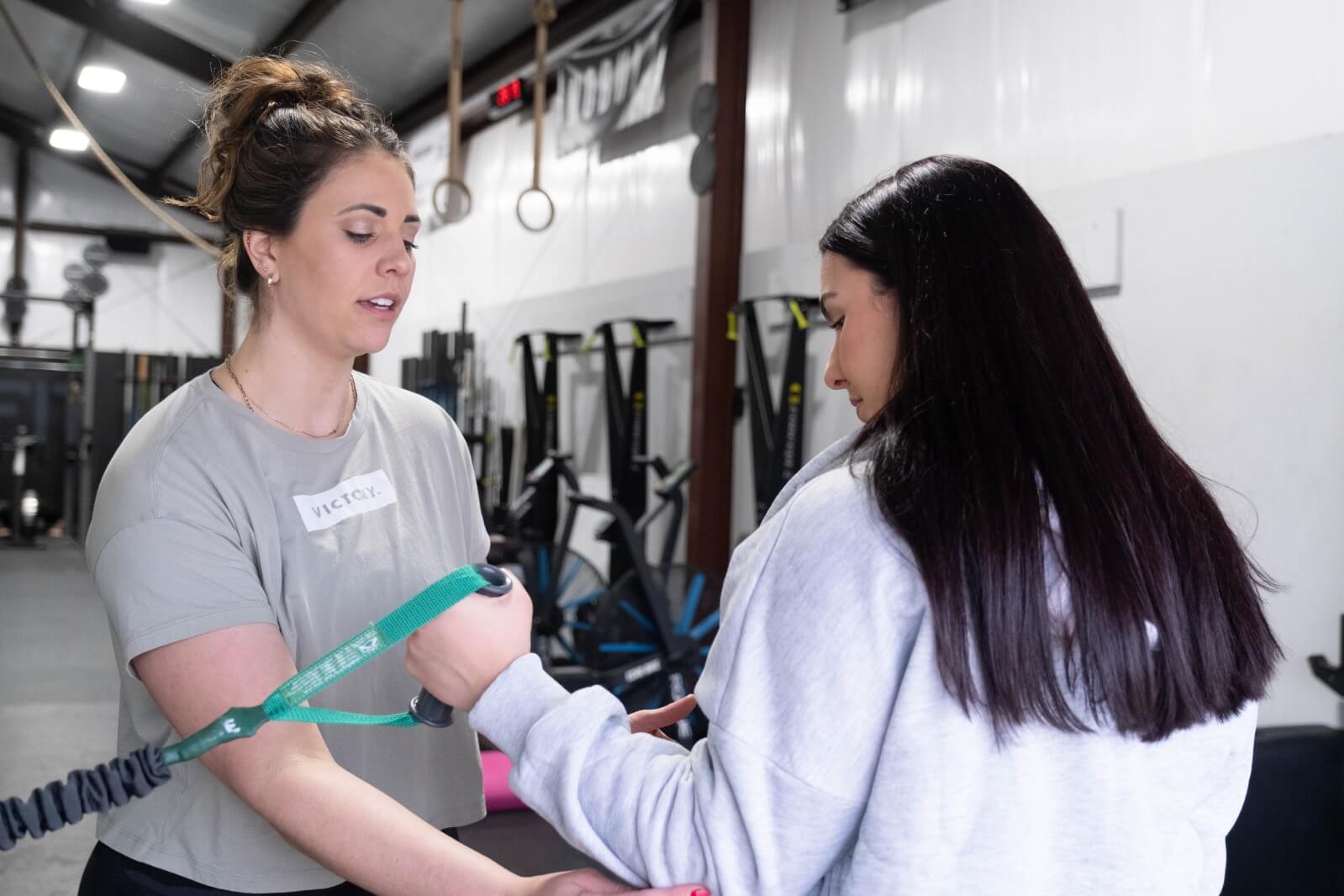
In my current outpatient setting, I am fortunate to practice without the insurance limitations that often restrict clinicians to one “diagnosis bucket.” Many postpartum patients see me for orthopedic concerns, only to discover that pelvic floor dysfunction is a root contributor. Others arrive with pelvic health symptoms alongside new orthopedic injuries emerging during return to sport.
Being trained across both specialties allows me to:
- Treat the entire person, not a single region
- Provide continuity without bouncing patients between multiple providers
- Address pressure management, strength deficits, and athletic demands simultaneously
- Create return-to-sport programs that respect both pelvic and orthopedic considerations
This dual skillset is not just helpful—it is game-changing.
The Future of Sports PT: Pelvic Health as a Core Competency 
Strength training and physical activity are increasingly recognized as foundational for long-term health, longevity, improved birth outcomes, and reduced risks such as gestational diabetes and childhood obesity. Yet many women enter pregnancy knowing exercise is important but unsure how to navigate it safely.
Physical therapists—especially those with orthopedic and sports backgrounds—are uniquely equipped to guide them.
Add pelvic health expertise on top of that, and you have a clinician capable of supporting someone through:
- Early pregnancy
- Birth preparation
- Active labor education
- Postpartum recovery
- Long-term athletic performance
This is the future of our profession. A more integrated model. A more informed model. A more comprehensive model.
Gratitude and Looking Forward 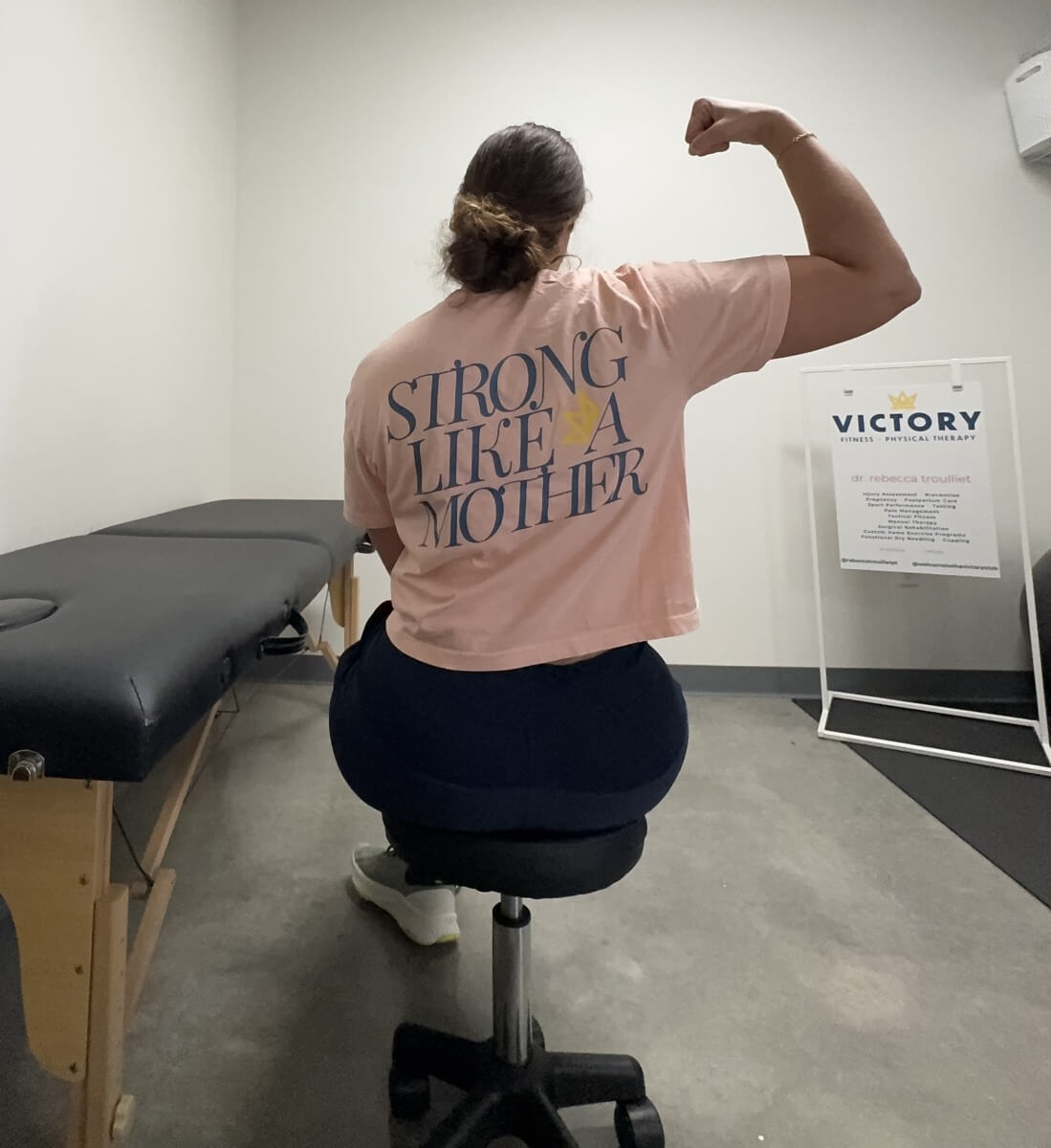
I am deeply grateful that the American Physical Therapy Association Academy of Pelvic Health offers education that spans the full spectrum—from internal examination to pregnancy-specific coursework. These opportunities are expanding what physical therapists can provide and elevating the standard of care for women in every stage of life.
I am excited to continue growing in this specialty and to be part of the movement that brings pelvic health into the sports and orthopedic world—exactly where it has always belonged.
About the Author
Rebecca Troulliet, PT, DPT
Board-Certified Sports Clinical Specialist
APTA Pelvic Health's 2025 CAPP Scholarship Recipient
Dr. Rebecca Troulliet is a board-certified Sports Clinical Specialist and pelvic floor physical therapist, as well as the founder of Victory Fitness + Physical Therapy in South Louisiana. With a decade of clinical experience, she blends high-level sports performance training with comprehensive pelvic health care to support athletes and active individuals across all stages of life. A dedicated leader in her profession, she has served on the APTA Louisiana Board of Directors for the past eight years. She is also a clinical mentor and former adjunct professor for two Doctor of Physical Therapy programs, passionate about shaping the next generation of clinicians. As a lifelong “weekend warrior,” she brings both expertise and personal athletic insight to every patient she serves.
